Acacia wood furniture is a beloved choice for its rich grain patterns and long-lasting quality. However, even the finest materials have their limitations. Before you bring acacia wood furniture into your home, it's important to weigh the positives against the potential challenges. Here's what you need to know to make an informed decision.
1. Susceptibility to Scratches and Dents
While acacia is a hardwood, it’s not completely resistant to wear and tear. Daily use, moving furniture, or accidental scratches can leave marks on the surface. To preserve its beauty, you may need to take precautions, like using felt pads under furniture legs or placing protective coverings during heavy use. Regular maintenance, like gentle polishing, can also help minimize visible damage over time.
2. Sensitivity to Moisture and Humidity
Acacia wood is natural, and like most natural materials, it responds to changes in moisture and humidity levels. If exposed to high humidity, it may swell, and in very dry conditions, it might crack. To reduce these risks, keep your furniture in a room with stable humidity. Placing a humidifier or dehumidifier nearby can help acacia pieces retain their stability over the years.
3. Requires Regular Maintenance
The stunning look of acacia furniture doesn’t come without effort. Regular oiling and occasional re-sealing are necessary to maintain its sheen and protect it from damage. Skipping this upkeep can leave the wood looking dull and aged. If you’re someone who prefers low-maintenance furniture, this could be a drawback to consider.
4. Heavier Weight
Acacia wood is dense, and its durability comes with extra weight. This makes pieces, especially large furniture like dining tables and wardrobes, harder to move around. For those who like to frequently rearrange their space or live in rented apartments, the heaviness can be inconvenient.
5. Limited Outdoor Suitability
Although acacia furniture can be used outdoors, it's not fully weatherproof. Prolonged exposure to harsh elements, such as intense sunlight or heavy rain, can cause the wood to fade or deteriorate. If you plan to use acacia furniture in outdoor settings, ensure it’s adequately treated for weather resistance. Adding a protective cover when not in use can also help extend its lifespan.
6. Color Changes Over Time
The natural beauty of acacia wood includes its earthy hues and patterns, but be aware that these might change as the furniture ages. Prolonged exposure to sunlight can cause the wood to fade or develop a patina. If you prefer your furniture to retain its original look, placing it away from direct sunlight or using UV-resistant finishes can help slow this process.
7. Price Point
Acacia wood furniture is often considered an investment due to its premium quality and artistic craftsmanship. While the cost is a reflection of its longevity and beauty, it may not fit into everyone’s budget. For buyers who prioritize durability and aesthetic appeal, though, the price is often worth it.
Making an Informed Decision
Before purchasing acacia wood furniture, think about your lifestyle, the time you can dedicate to maintenance, and your home’s conditions. If you can manage the upkeep and appreciate its unique qualities, acacia can be a wonderful addition to your space. For those seeking low-maintenance or budget-friendly options, it might be better to explore alternative materials.
Final Thoughts
Acacia wood furniture can be a centerpiece in any home, offering both elegance and strength when cared for properly. By understanding its drawbacks and how to address them, you’ll be better equipped to make a choice that aligns with your needs and preferences. Every furniture material comes with its quirks, but as long as you go in fully informed, your home will reflect your thoughtful decisions.
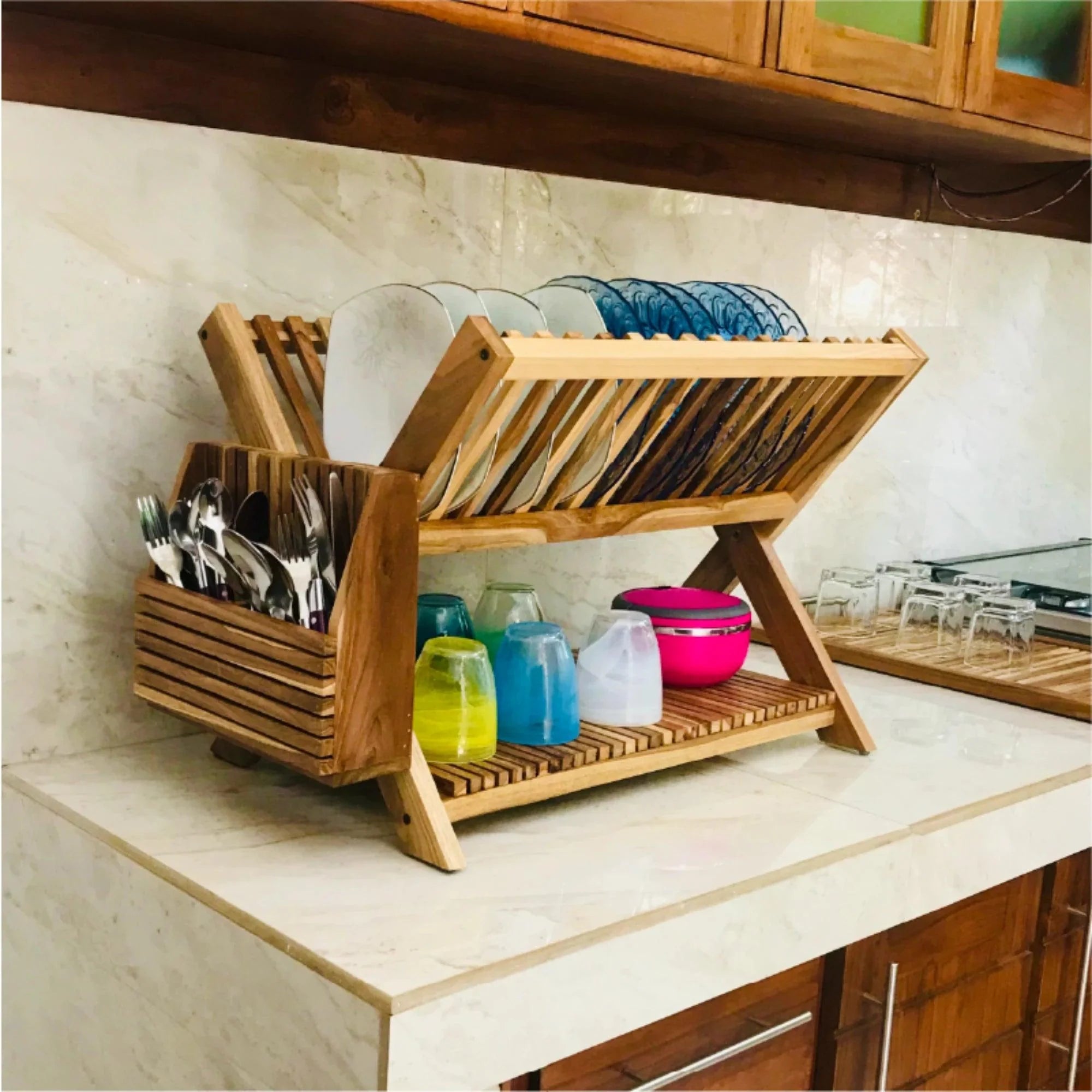
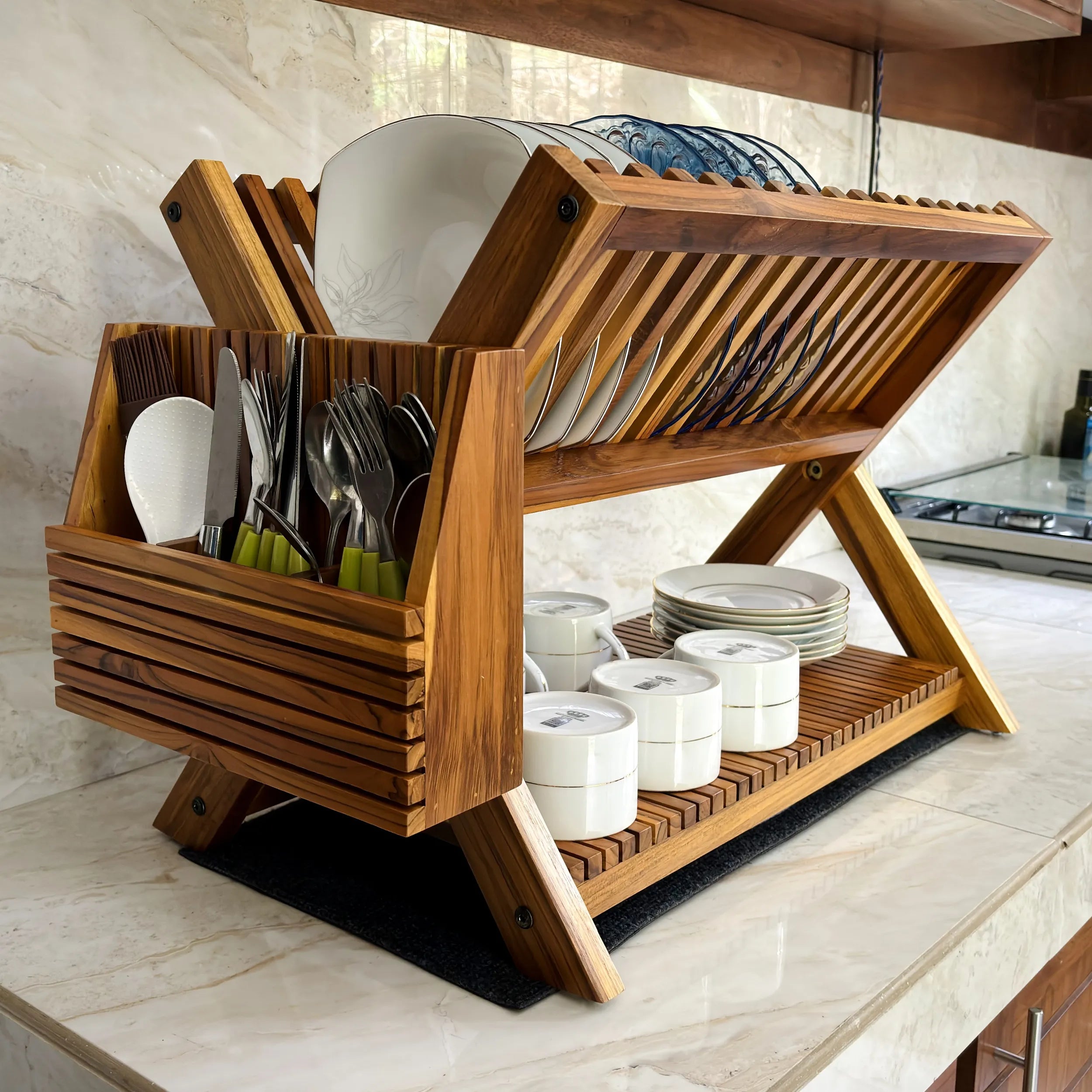
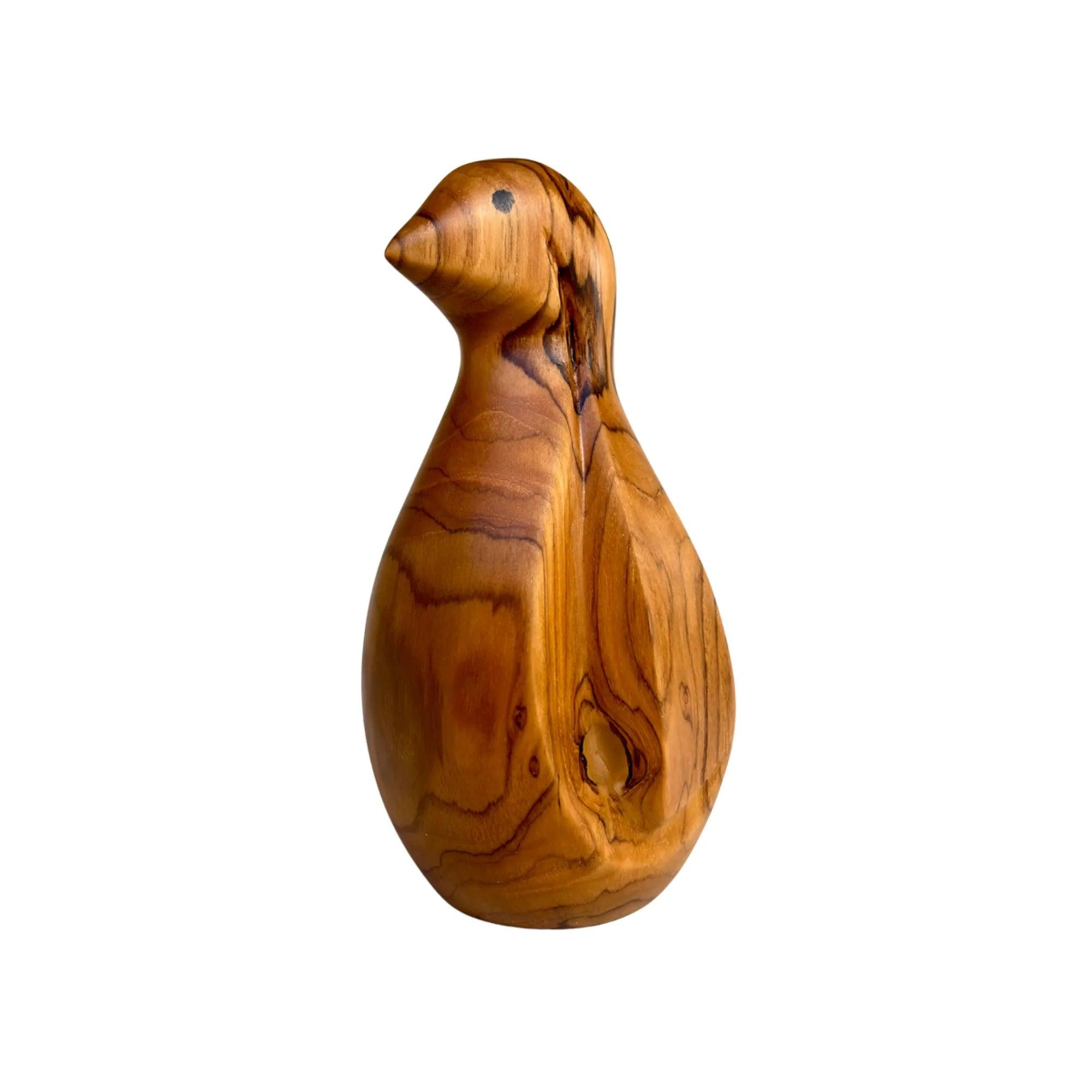
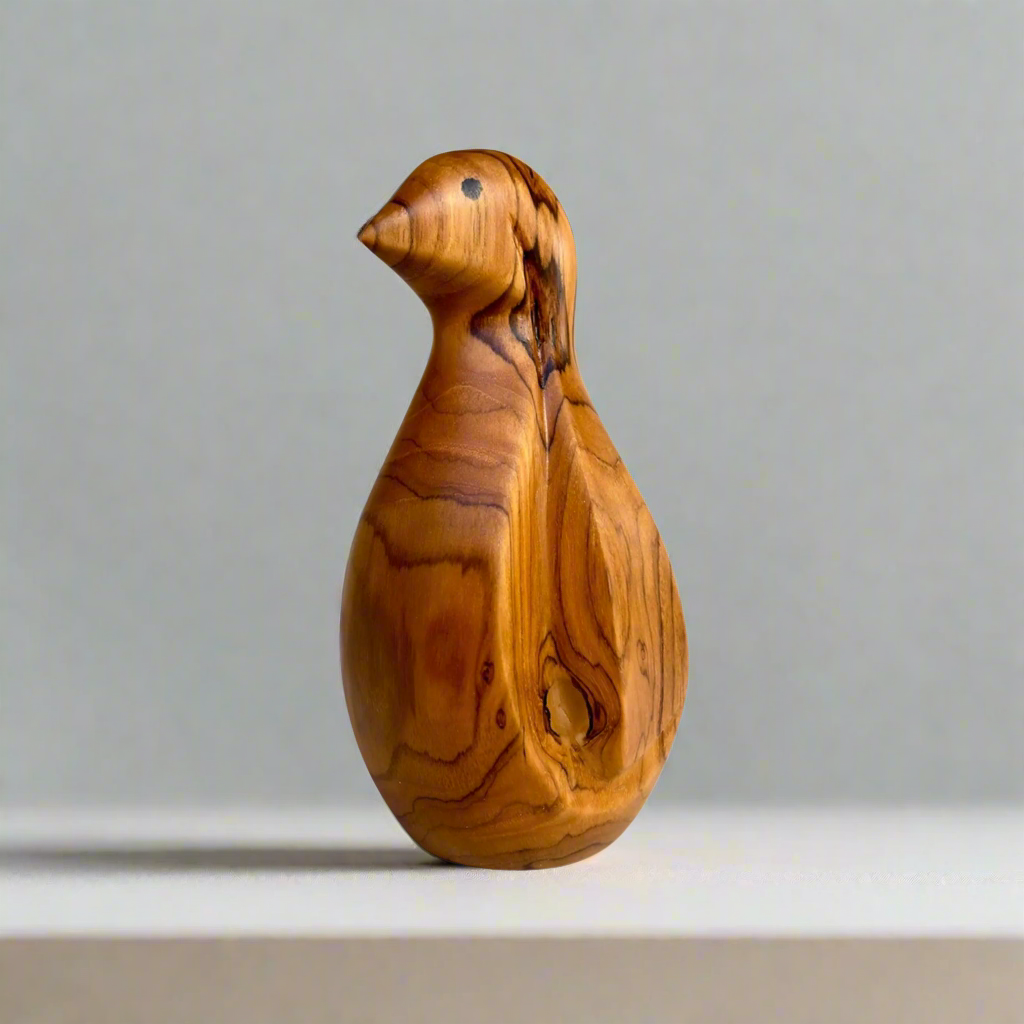
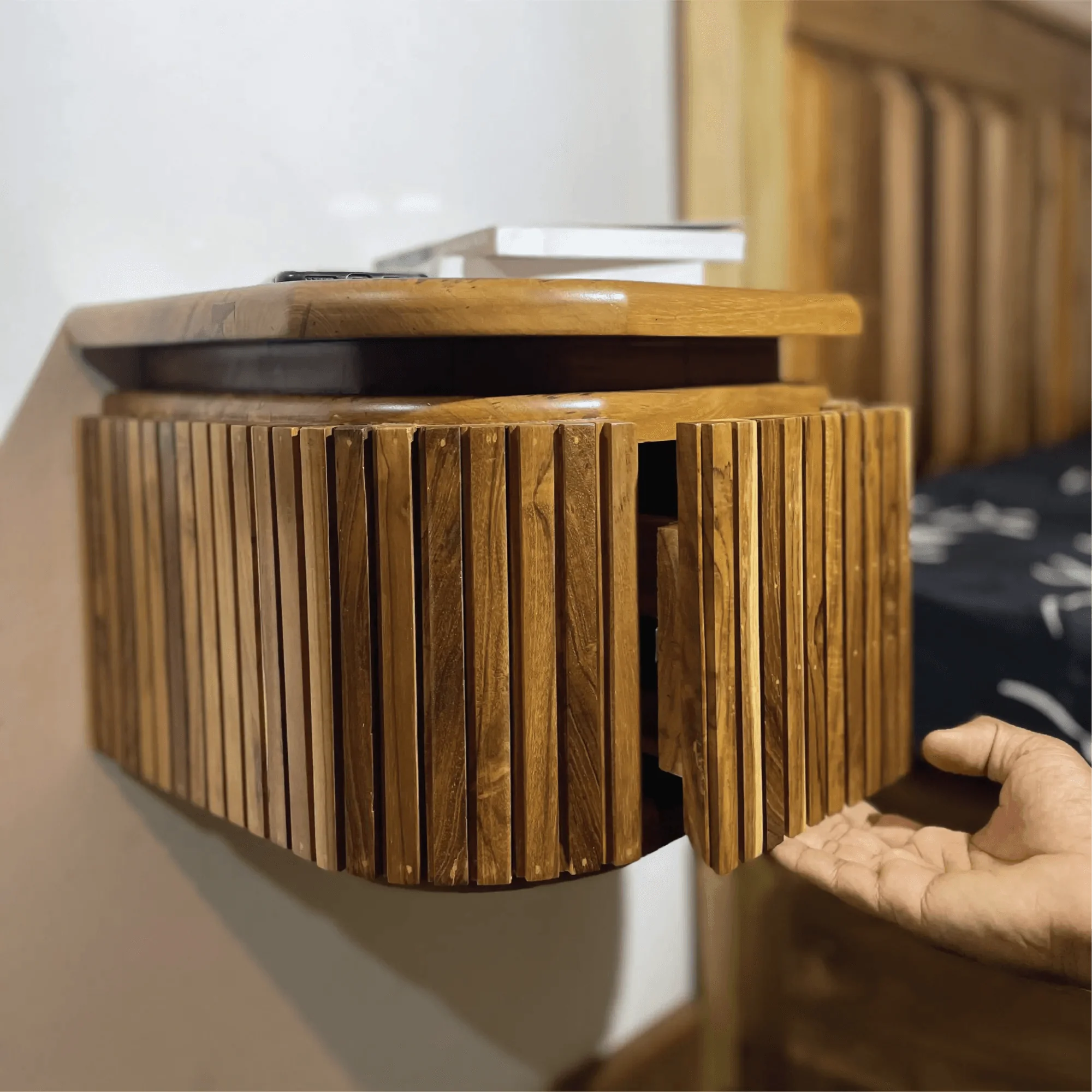
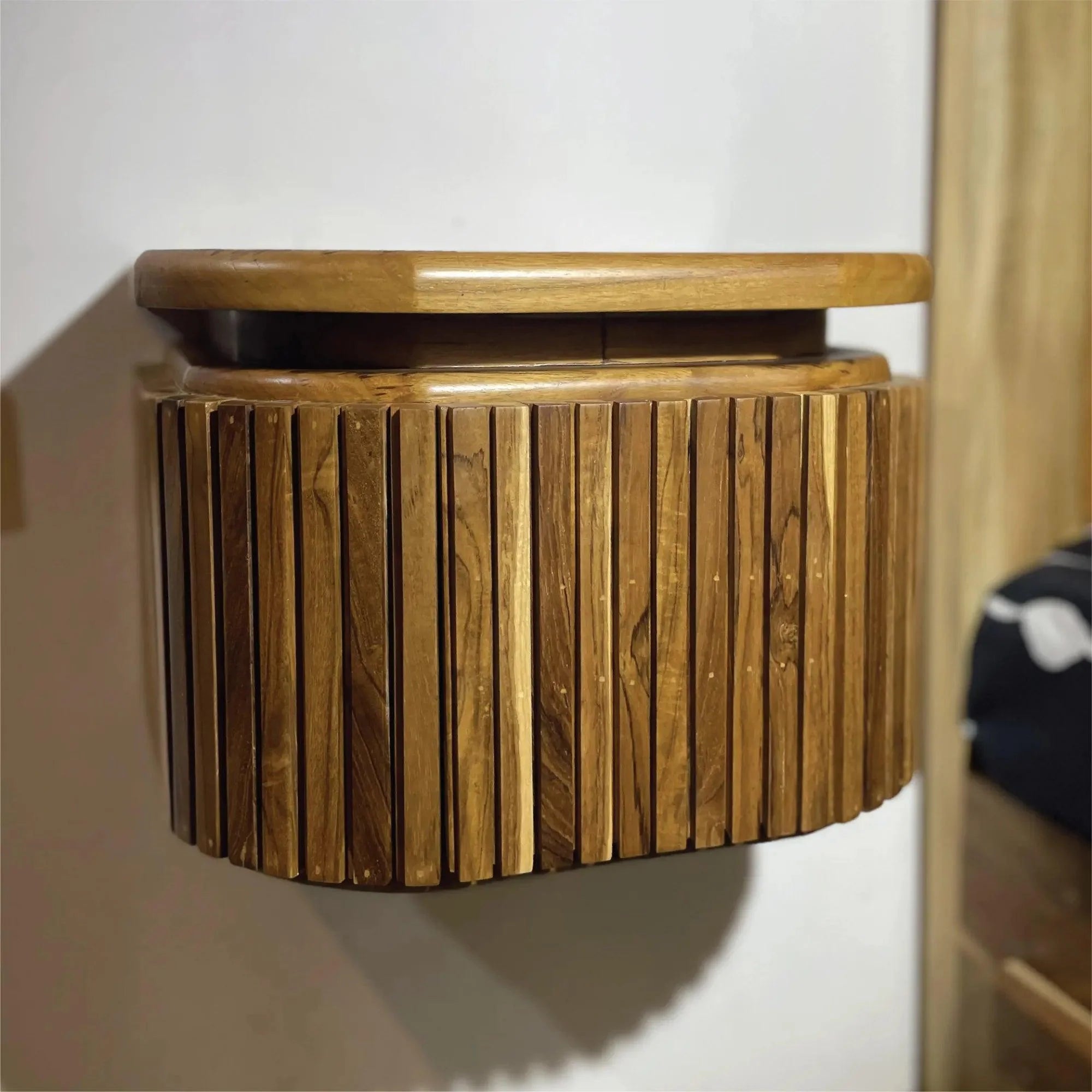
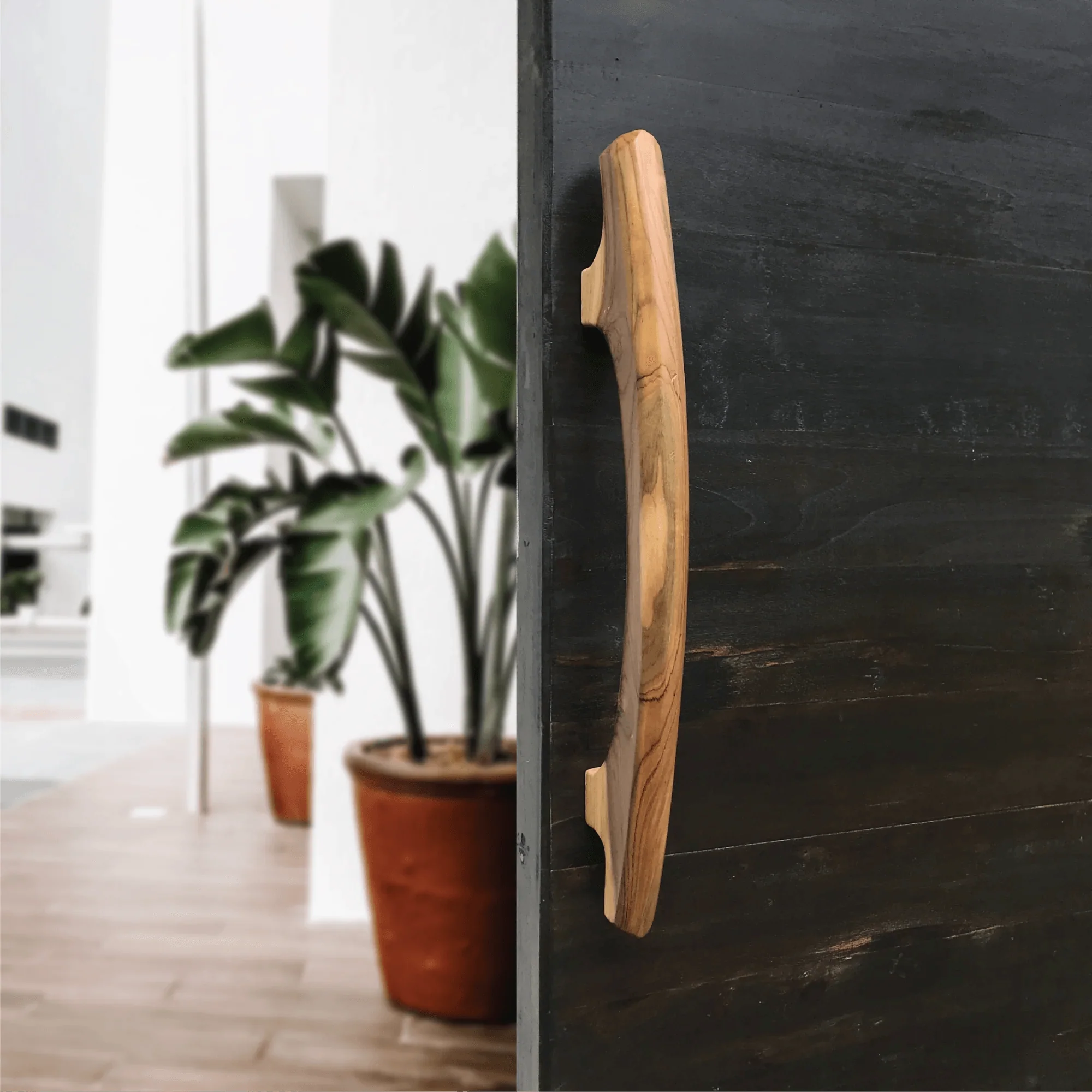
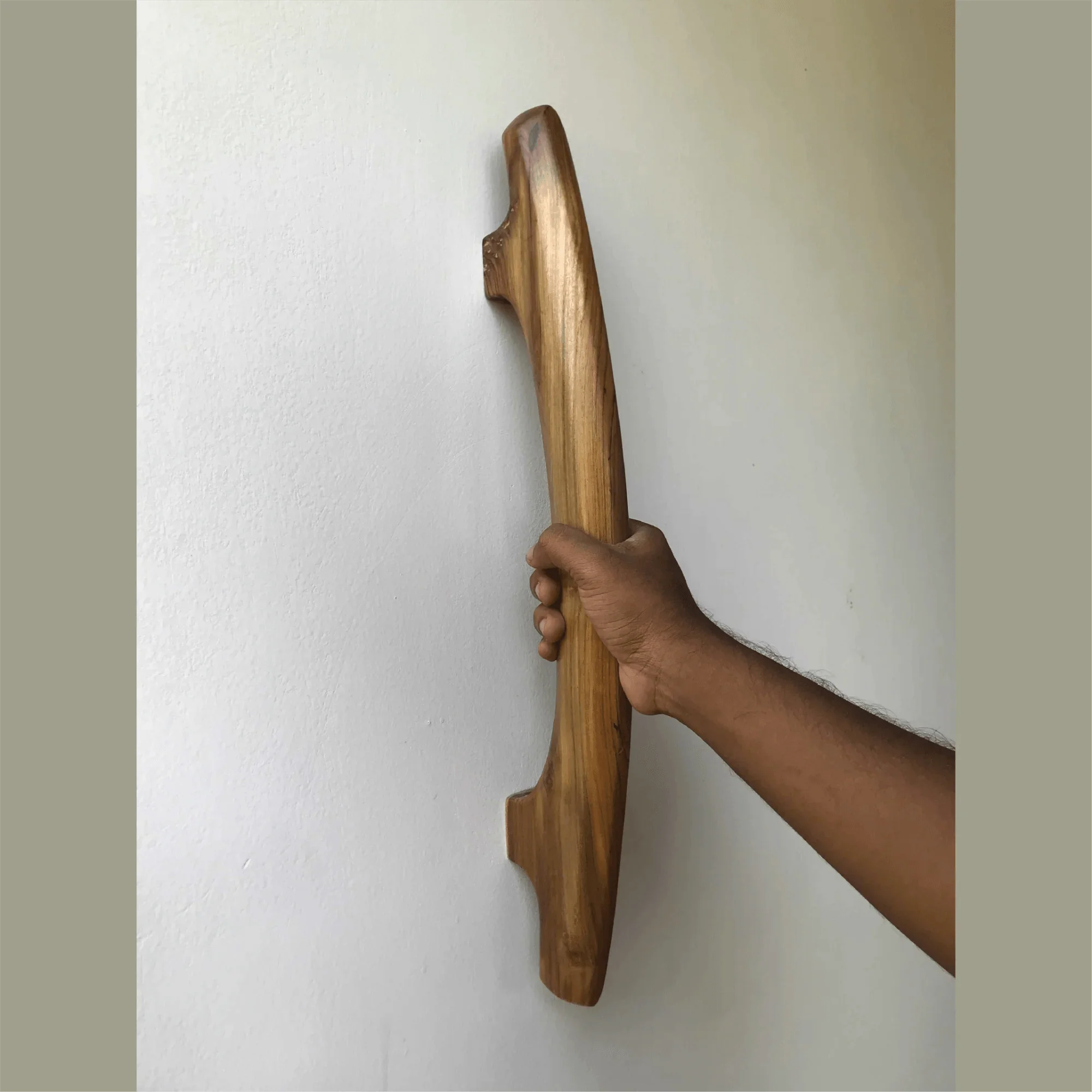


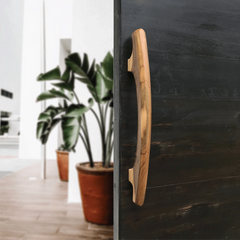
Leave a comment